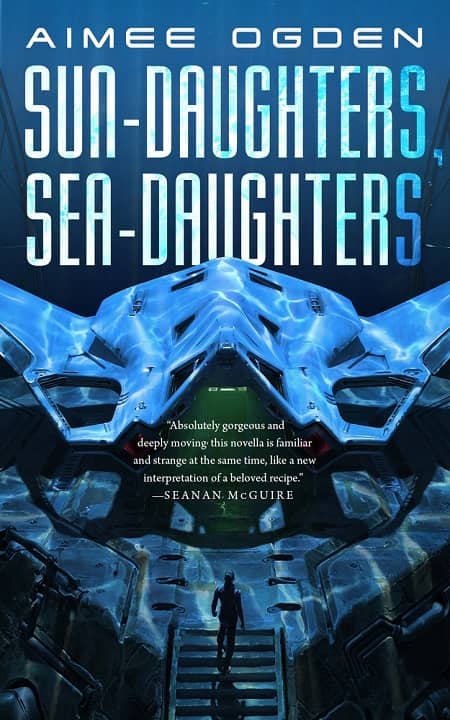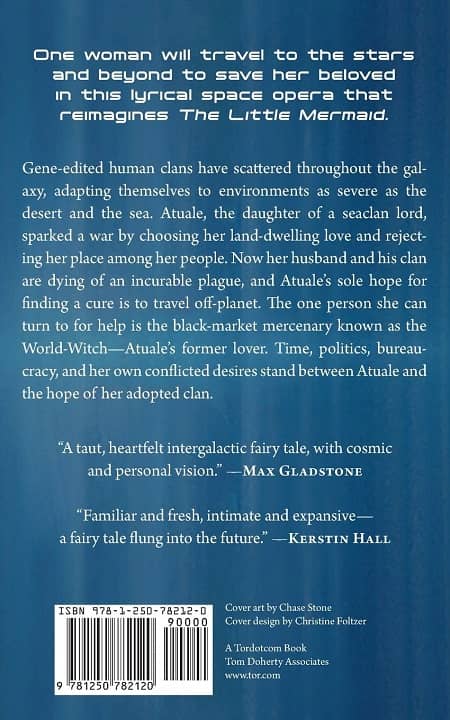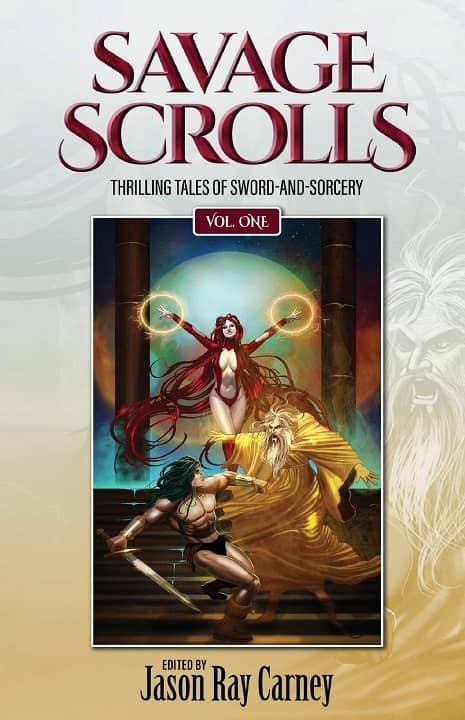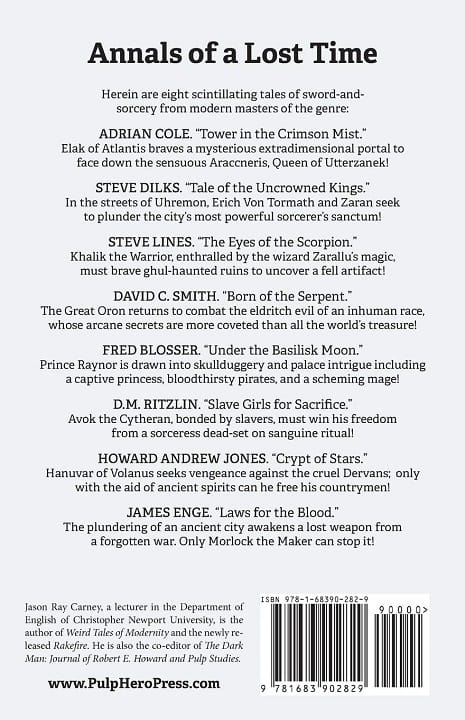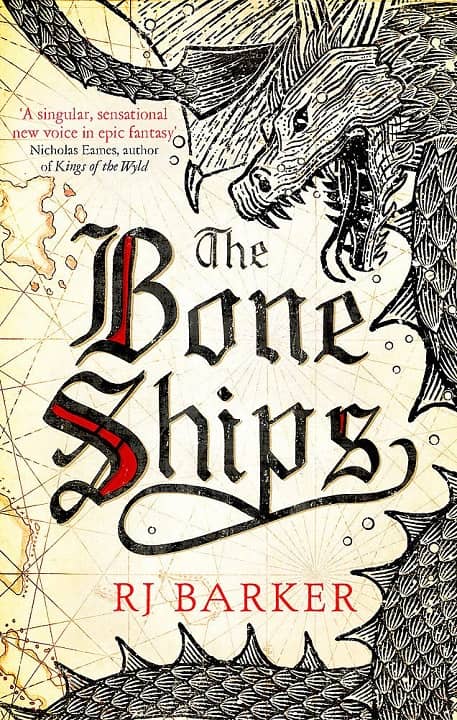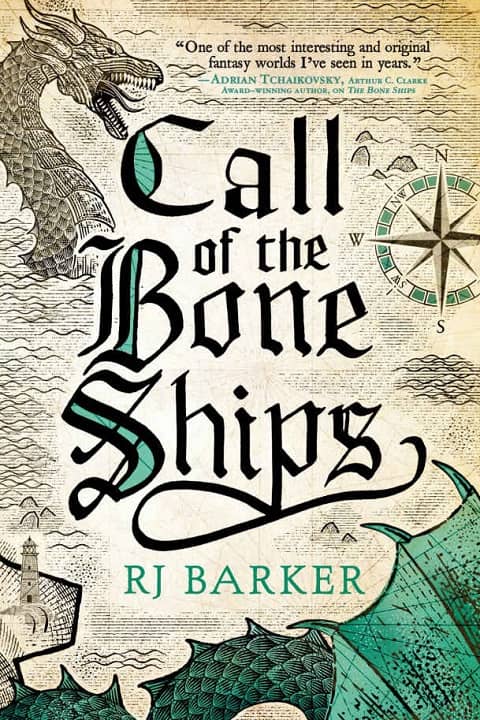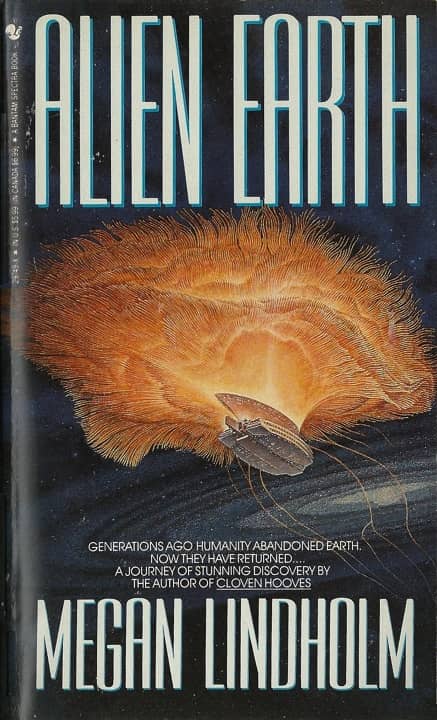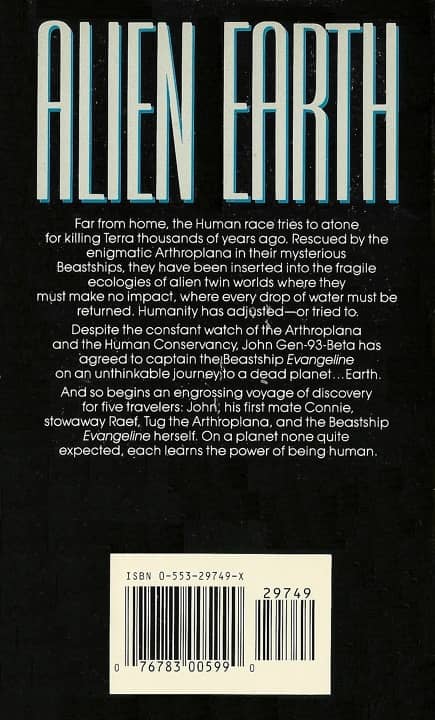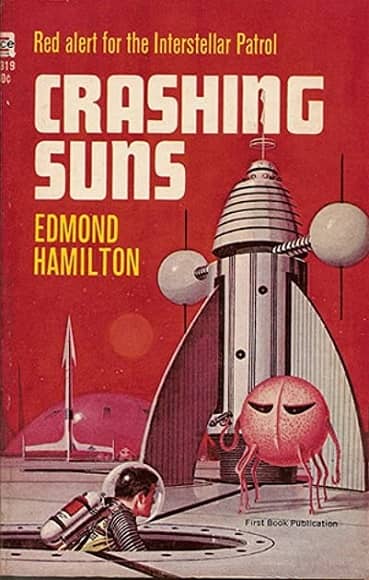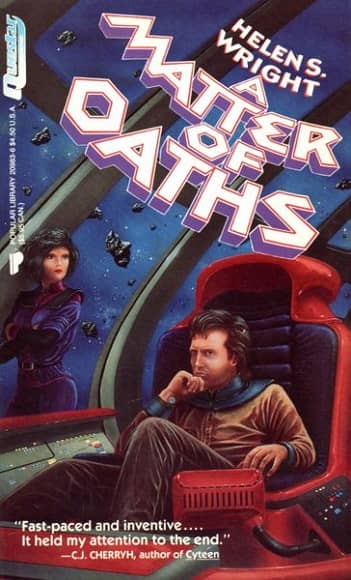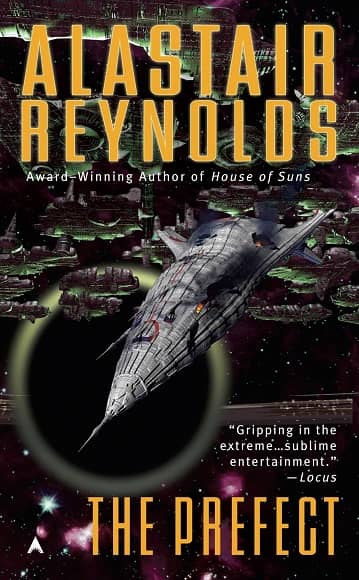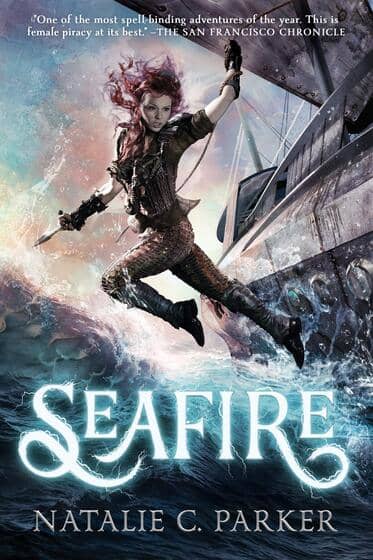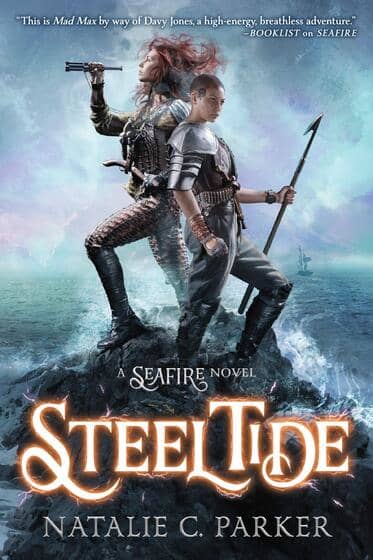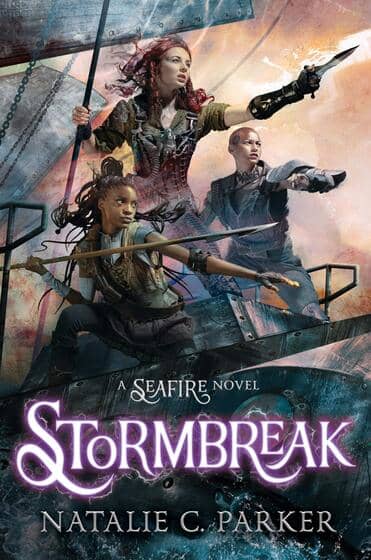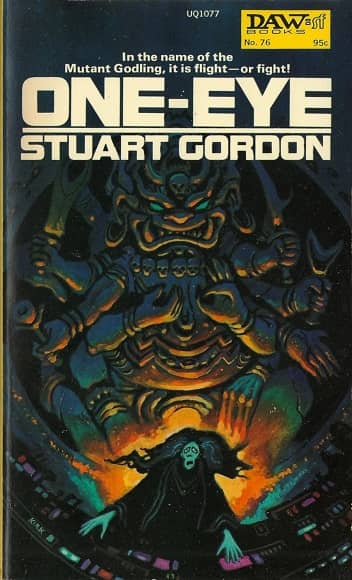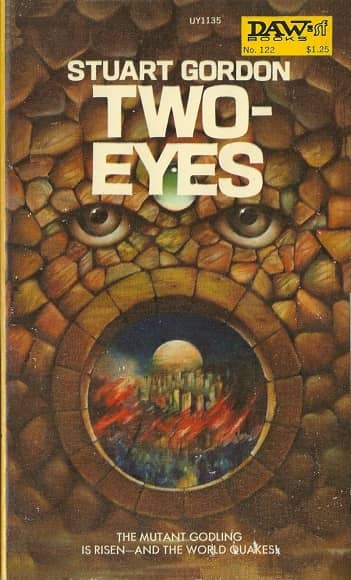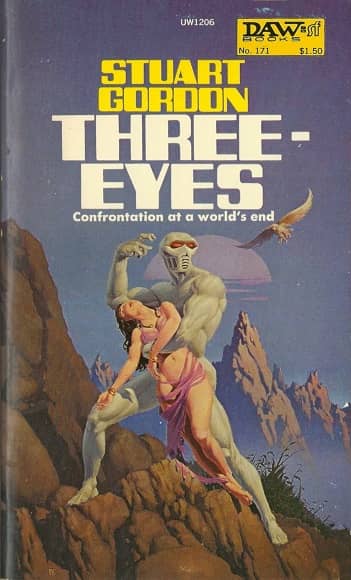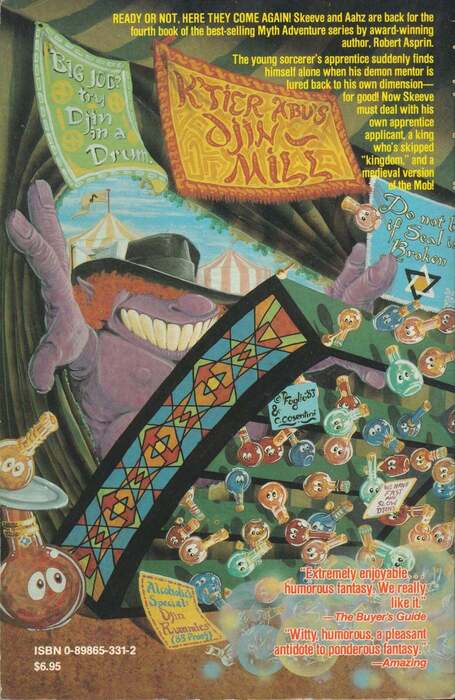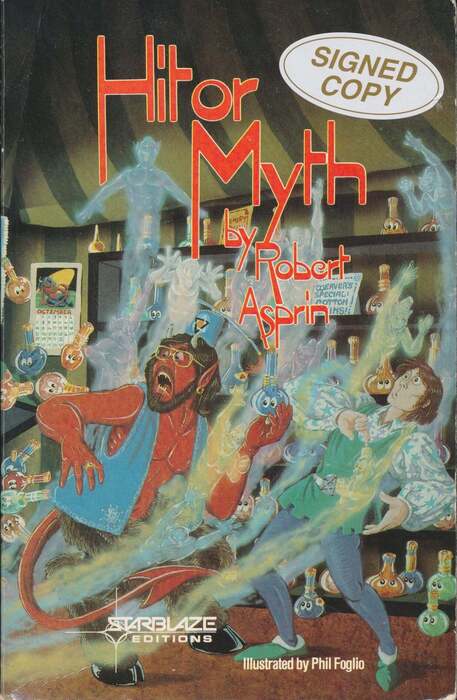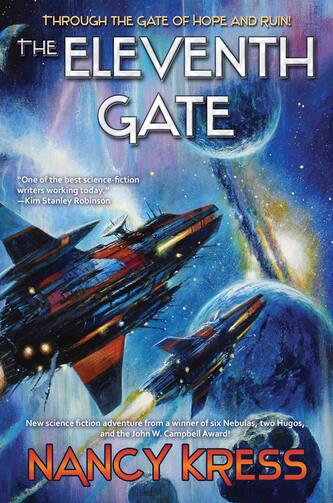Vintage Treasures: The 1989 Annual World’s Best SF edited by Donald A. Wollheim with Arthur W. Saha
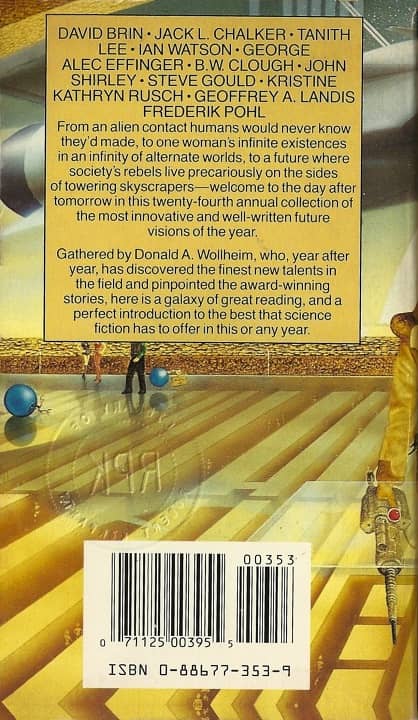 |
 |
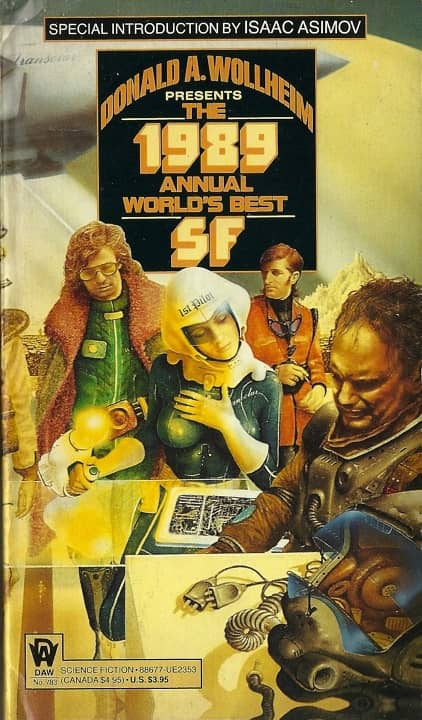 |
The 1989 Annual World’s Best SF (DAW, 1989). Cover by Jim Burns
Most SF readers are familiar with Gardner Dozois’ legendary Year’s Best Science Fiction series, which ran for three and a half decades from 1984 to 2018, and helped shape modern perceptions of short SF. But it was by no means the first Year’s Best in science fiction, and in the early days, wasn’t even my favorite. No, back in the 80s I preferred the annual anthologies by Terry Carr and, more frequently, Donald A. Wollheim’s Annual World’s Best SF, which ran from 1965 until the late 80s.
I recently bought a copy of The 1989 Annual World’s Best SF, and was surprised to find it had a guest introduction by Isaac Asimov. Flipping it open, I found a sober explanation in his first paragraph.
This is the first time that the introduction to his annual volume has not been written by Don Wollheim. Alas, we are not immune to the ravages of time (not even science fiction personalities are) and Don is hospitalized just as the deadline for the volume approaches, so he has asked me to do the introduction for him.
For all my fabled immodesty, I am forced to admit I am a poor substitute. Don has been a sextuple-threat person in science fiction. Let me list his threats…
The rest of Asimov’s 4-page intro is a detailed and affectionate tribute to Wollheim, and the enormous impact he had on the field. Knowing that Wollheim passed away at the end of the decade, I was strongly suspicious he never emerged from that hospital stay. Asimov wrapped up with the hopeful lines:
Don… is a sweet and gentle fellow who has spent his whole life giving more than he has taken. I hope and trust that next year he will be writing his own introduction again.
Donald Wollheim died on November 2, 1990, at the age of 76. He did in fact emerge from the hospital, produce one more volume, The 1990 Annual World’s Best SF (with his co-editor Art Saha), and he did write the introduction.
